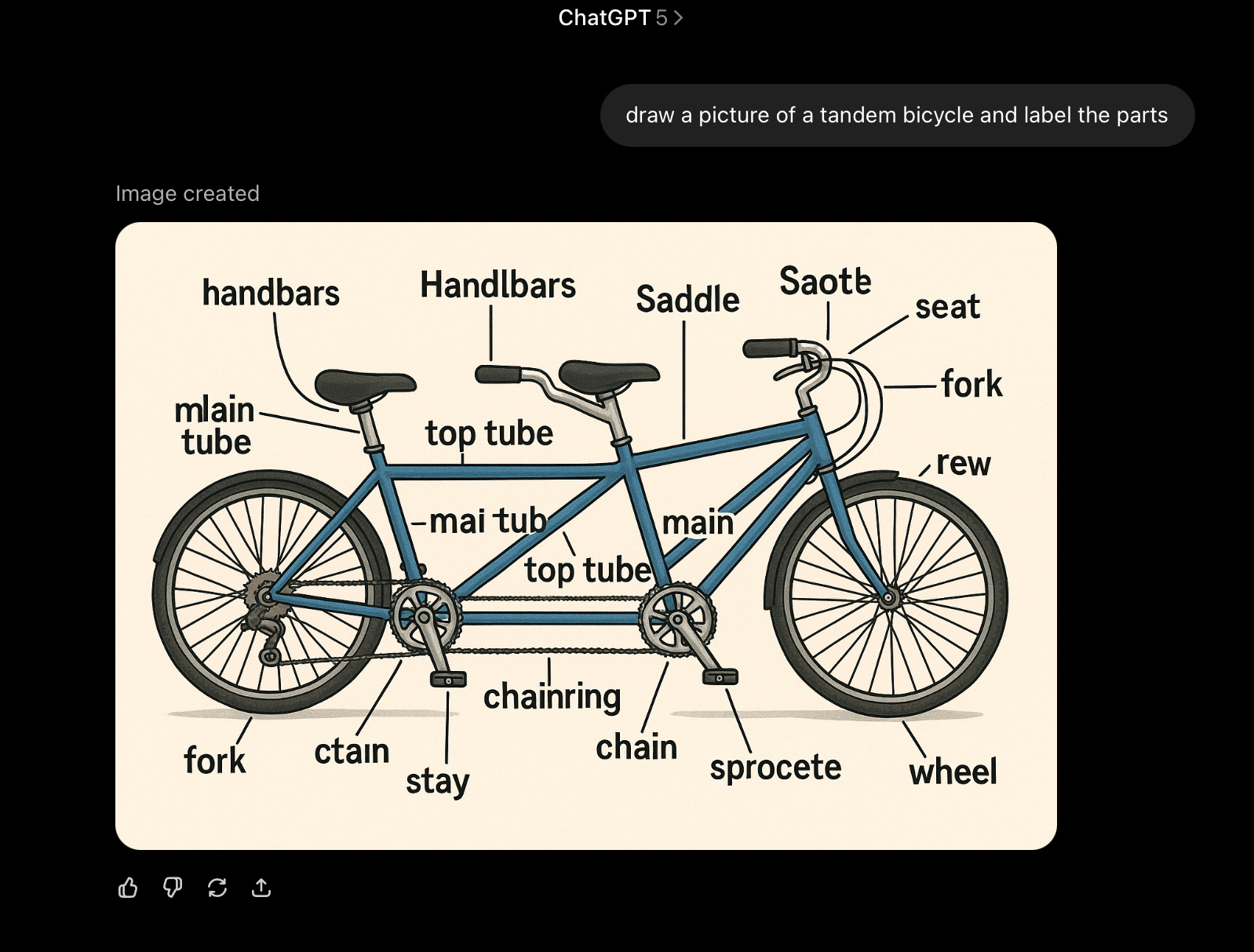"AI Overviews" is a feature integrated into Google Search that consistently produces misleading, nonsensical, and potentially dangerous claims, and takes traffic away from quality content websites.
A simple way to remove "AI Overview" from Google search results is to type: "- ai" (minus ai) along with your search terms.
Librarians focus on issues related to accuracy in information, equitable access to information, intellectual freedom, the right to privacy and confidentiality, intellectual property rights, and knowledge systems. This is why many librarians have concerns about generative AI. The widespread use of generative AI also results in existential environmental threats and labor abuses globally.
This page has some ideas and issues to consider as you build your library research skills.
Generative AI products should not be confused with search engines. They cannot be trusted to generate accurate writing or research, and users must painstakingly fact-check for misinformation and bias.
The tools also harm the knowledge systems that researchers rely on. Here are a few problems according to technology scholar Helen Beetham:
LLM "research assistants" harm student researchers. According to Rowen University professor, Tiffany DeRewal, "LLM research assistants purport to 'streamline'—or bypass—the challenging, recursive, and often messy work of identifying, evaluating, analyzing, and synthesizing the existing research on a given topic." However these processes are integral to building a researcher's intellectual abilities and skills. From the standpoint of learning, "such process is more valuable than the final product."
AI writing often has a distinct "texture" or pattern that can be a giveaway. Here are some common signs:
It is important to note that poor grammar or writing does not necessarily point to the use of AI.
Citation Red Flags
AI often fabricates or mishandles citations. Here’s what to look out for:
Content/Logic Red Flags
AI can struggle with nuanced argumentation. Here are some signs:
Kathryn Conrad, University of Kansas professor and author of Blueprint for an AI Bill of Rights, elaborated rights for students which have been adopted by numerous institutions. Here is a summary of her "blueprint":

Olympic College |
Privacy Policy
 1600 Chester Ave. Bremerton WA 98312 | Information Desk: 360.475.7252
1600 Chester Ave. Bremerton WA 98312 | Information Desk: 360.475.7252
